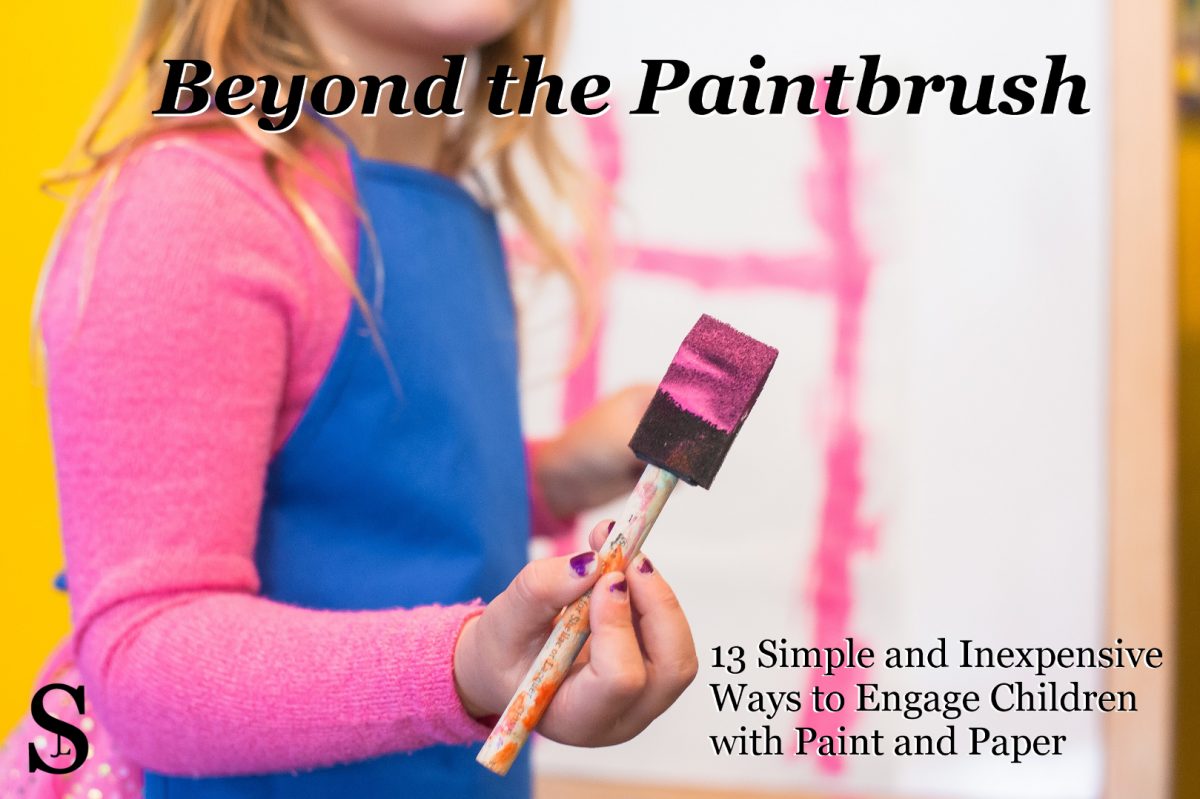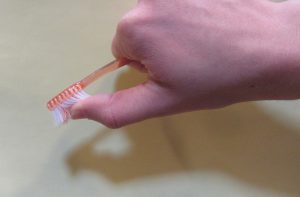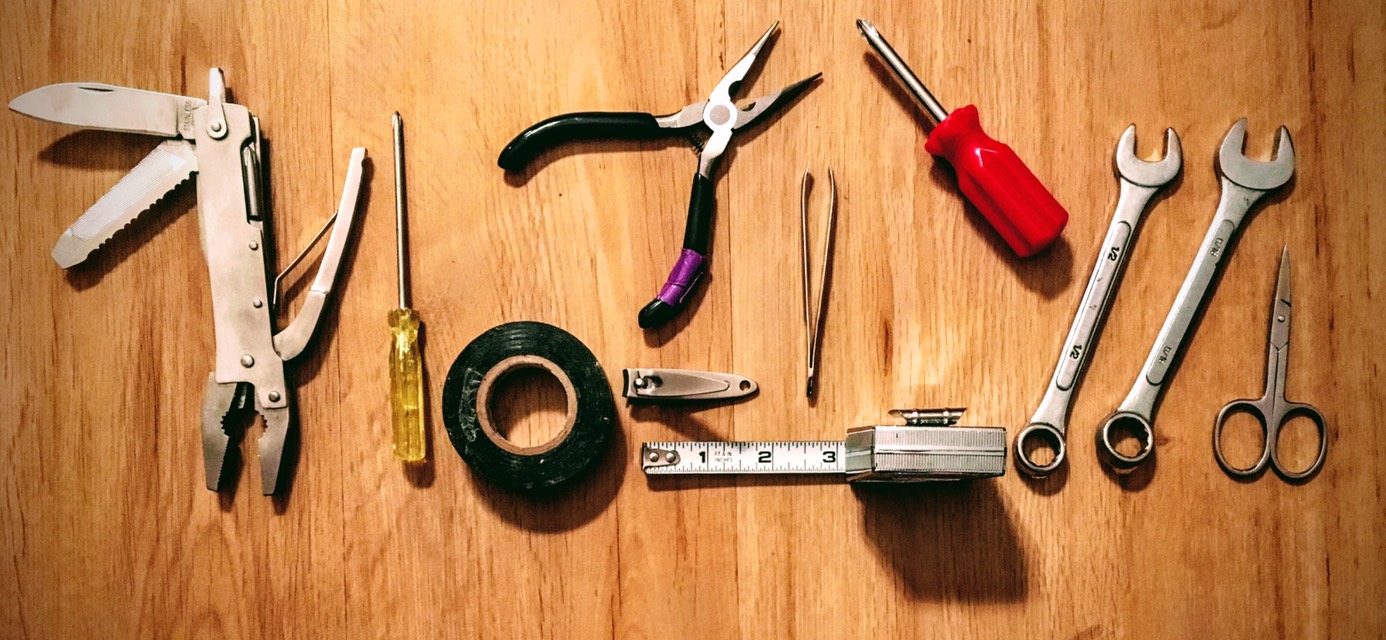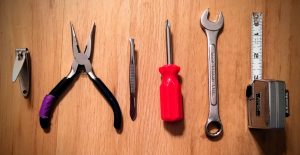
Sometimes I think I know someone well, only to discover that there is so much more to know about them. The missionary Jim Elliot is one of those people for me.
Brushing the Surface
During my growing up years, my Mom initiated a pattern of having family devotions prior to getting to our schoolwork (my siblings and I were homeschooled).
Among others, one of the devotional books I recall enjoying was Hero Tales by Dave and Neta Jackson. It’s a collection of short stories about various Christians throughout history. Listening to my Mom read it, I was introduced to men and women who committed their entire lives to following Jesus. The missionary, Jim Elliot, was one of those individuals. Hearing his story, I felt intrigued and awestruck. I wanted to live for Jesus too!
Getting Acquainted
Later, I began reading the Trailblazer Books by the same authors. Each Trailblazer book tells the story of a historic Christian from the viewpoint of a fictional 8-12 year old. One of the books I read was about Nate Saint, a missionary who worked closely with Jim Elliot. Through it, I began to catch some insight into the challenges Jim Elliot and his team faced. I learned how they followed God’s call to attempt to share the hope of Jesus with the Aucas, a hostile primitive tribe. In this book, I also read a watered down version of Jim’s death as a martyr in the hands of the very people he sought to serve, and of the tremendous impact of his death in drawing many Aucas to Jesus. It seemed to me I had become acquainted with this man.

Going Deeper
Fast forward several years to my time in Bible school. When presented with a list of biographies to read, I chose Through Gates of Splendor written by Jim Elliot’s wife, Elisabeth. In it, I got to know Jim Elliot and his team on a deeper level. Prior to reading this book, I viewed Jim as super-human, untouched by any hardships of life. This book, however, spoke of trials and discouragements along the way. The book included various quotes from Jim Elliot’s journals and letters. One of my favourites is: “He is no fool who gives what he cannot keep to gain what he cannot lose.”* Having read this book, I felt I had a fairly good understanding of who Jim Elliot was.
Journal Reading
Then, at my Bible School, I found a massive green book on the top shelf of the library. It contained the journals of Jim Elliot! On more than one occasion I randomly opened the large book and read entry after entry. I felt intrusive reading his musings. How much more intimately I came to know him! I saw that he was a human, no different from me. I skimmed through his random observations about the unfamiliar culture he lived in. I read his joyous recounting of mountaintop days, and his musings on gloomy days. Most of all, I saw a deep unwavering passion to follow God. I did not get very far through his journals as it was a massive book and my time was so limited. Still, what bits I read shed a beautifully honest light on the personal life of this man who chose to put Jesus first.
Despite having read all these books about Jim Elliot and parts of his journal, I still don’t know him super well. I would not recognize his voice, nor spot him among a crowd. If we were at the same restaurant, I would not be able to pick out his laughter among the murmur of conversation.
How Well Do I Know God?
Then I stop and think about my relationship with God. How well do I know Him?
Since childhood, I have read books written about God. Many of these books were watered down or contained fictional characters alongside real ones.
Even now, in my adult years, I read blog posts and books and listen to sermons teaching about who God is. Many of these include direct quotes from the Bible. These are good, but if I stop there, I will not know God well. Just as the children’s books portrayed only the surface of who Jim Elliot was, I risk knowing only a watered-down version of who God is when I rely on what others have said about Him.

Reading the Bible for Myself
What a wonderful gift God gave me in His Word, the Bible! Much like Jim Elliot’s journals, reading the Bible gives me incredible insight into who God is. Some parts of the Bible tell the story of what God has done, while other areas reveal the very thoughts of God. I see how He was jealous for Israel and grieved at their rebellion. I learn of His incomprehensibly great love for me. I read of His desire to be known. All sixty-six books of the Bible were given to me that I might know God and thus know how to live a life pleasing to Him. How critical it is for me to read and study the Bible, being mindful to keep each part in context.
Speaking of studying God’s Word, I love how the Bible describes those in Berea when Paul began teaching them about Jesus.
“The people here were of more noble character than those in Thessalonica, since they received the word with eagerness and examined the Scriptures daily to see if these things were so.” (Acts 17:11 CSB)
Seeking to Know God
Yet even here I cannot stop if I truly want to know God.
Jesus criticized some people, saying:
“You pore over the Scriptures because you think you have eternal life in them, and yet they testify about Me. But you are not willing to come to Me so that you may have life.” (John 5:39-40 CSB)
While I must value the Bible, and indeed I read from it practically every day, it is not the sitting down and reading the verses that save me. It is Jesus who saves me.
 But how do I get to know Jesus? By reading the Bible I learn the truth of who Jesus is and about His power to save me. Then I must take Him at His Word and believe what He says. I must take time to talk with God, to share my heart with Him, and – through His Word and prayer – to learn to know His heart.
But how do I get to know Jesus? By reading the Bible I learn the truth of who Jesus is and about His power to save me. Then I must take Him at His Word and believe what He says. I must take time to talk with God, to share my heart with Him, and – through His Word and prayer – to learn to know His heart.
But then the question comes. How much do I really want to know God? I am privileged to live in a house with several Bibles, and through the internet, I have free access to more translations than I can count, yet do I take the time to really dig in? Is knowing Jesus a priority in my life?
Since Then
Writing this post has been a challenge for me, not just because of the weightiness of the topic, but also because of how it convicts me. Some days I read my Bible simply to check it off my to-do list and move on. I don’t always take time to stop and reflect on what God would have me learn about Him through the passage.
Since writing the draft of this post, I did make time to randomly sit down and prayerfully read the first chapter of Colossians. The very next day, when I felt discouraged, God used one of those verses to encourage me by reminding me that He has given me the help I need. Yes, taking time to seek God through His Word and prayer is incredibly valuable.
Will you join me in seeking to be men and women who know God deeply?
*Quote from Through Gates of Splendor by Elisabeth Elliot (2012), Page 155
Related links:
References:
Elliot, Elisabeth (2012). Through Gates of Splendor. Authentic Media Limited.
A powerful but easy to read book. I highly recommend this biography to any adult who takes their relationship with Jesus seriously! (For further reading on Jim Elliot, I recommend reading Shadow of the Almighty by Elisabeth Elliot. It is a slower read. It follows Jim Elliot’s life more closely with more direct quotes from his journal entries and letters.)
Elliot, Jim (1978). The Journals of Jim Elliot (E. Elliot, Ed.). Fleming H. Revell Company.
(I believe this is the book I read, however, I don’t know the publisher or year of the copy I read.) Reading this incredibly thick book is slow and it is sometimes challenging to understand, however, there is incredible richness in being able to step into the mind of a man of faith who has gone before us. Note, this book contains mature subject matter.
Jackson, Dave, & Jackson, Neta (1997). Hero Tales: A Family Treasury of True Stories from the Lives of Christian Heroes(Vol. II). Bethany House.
A beautiful devotional book which shares an intro and three short stories about various Christians from distant past to modern day and from missionaries to everyday Christians. Excellent for reading as a family. I highly recommend it!
Jackson, Dave, & Jackson, Neta (1997). Fate of the Yellow Woodbee: Nate Saint (Vol. 24, Trailblazer Books). Bethany House.
I highly recommend the Trailblazer Books for children aged 10-12. A few of the books contain somewhat more mature subject matter than others, so having a parent pre-read the books for more sensitive children may be recommended. If you are older than 12, but have never heard of these historic Christians, then I recommend them to you as a light easy intro to these men and women of faith.



 a short piece of yarn, and they enjoy doing it. While they’re at it, they will be strengthening their arm muscles by the abundance of up and down and side to side movements.
a short piece of yarn, and they enjoy doing it. While they’re at it, they will be strengthening their arm muscles by the abundance of up and down and side to side movements. with its bristles facing the paper. Show them how to run their thumb (or finger from the other hand) through the bristles causing the brush to spray droplets of paint onto the paper.
with its bristles facing the paper. Show them how to run their thumb (or finger from the other hand) through the bristles causing the brush to spray droplets of paint onto the paper.




